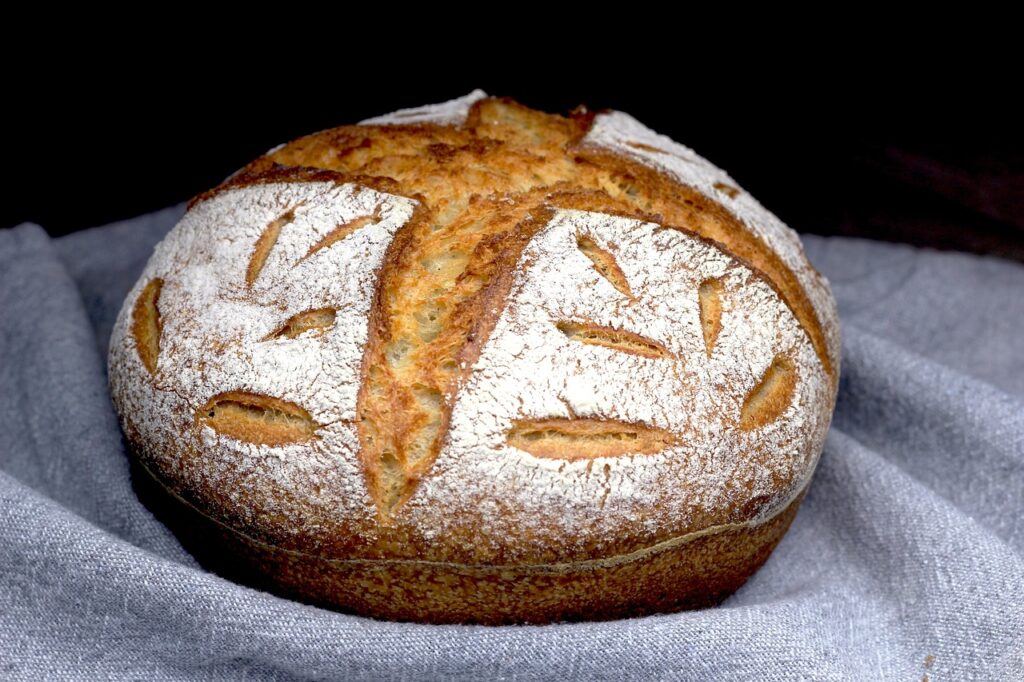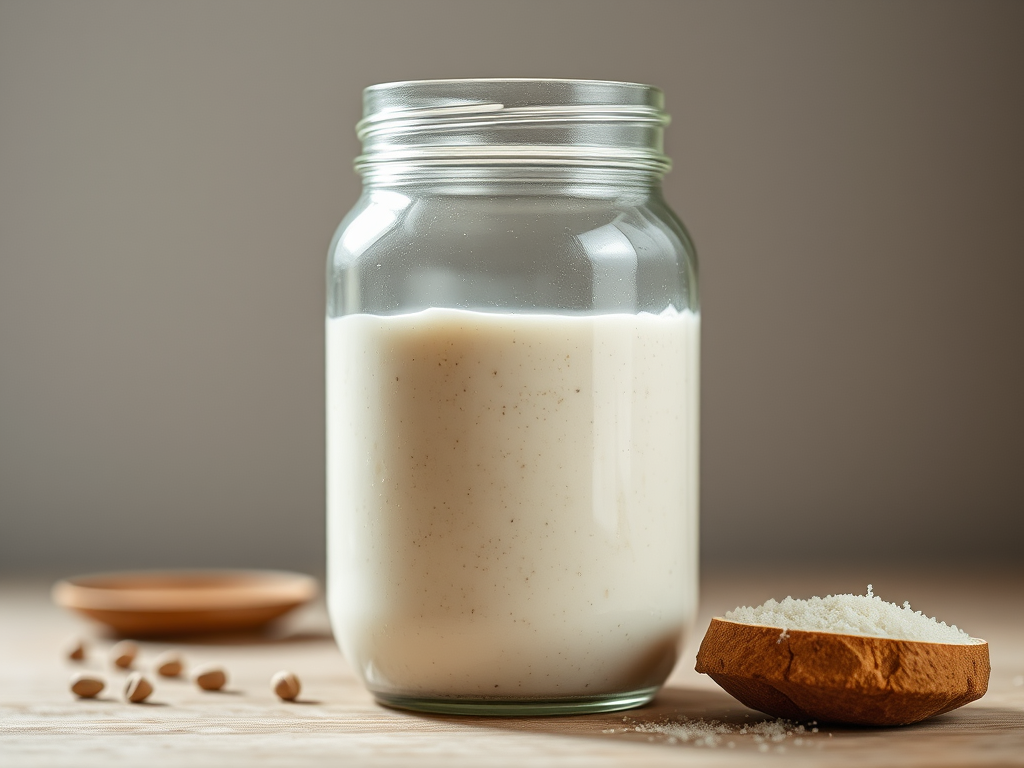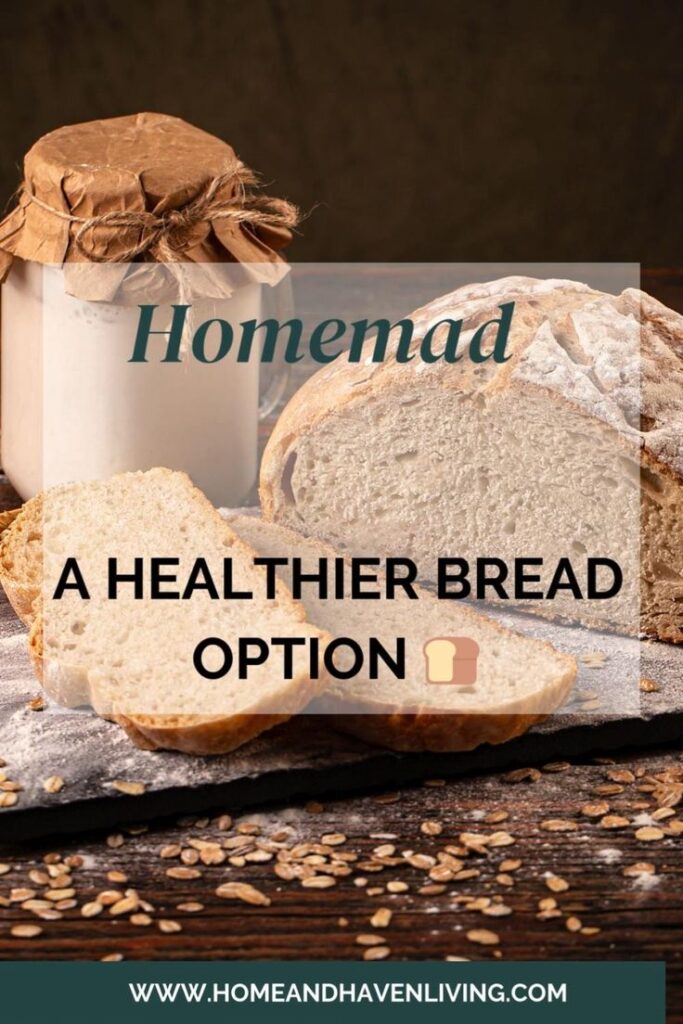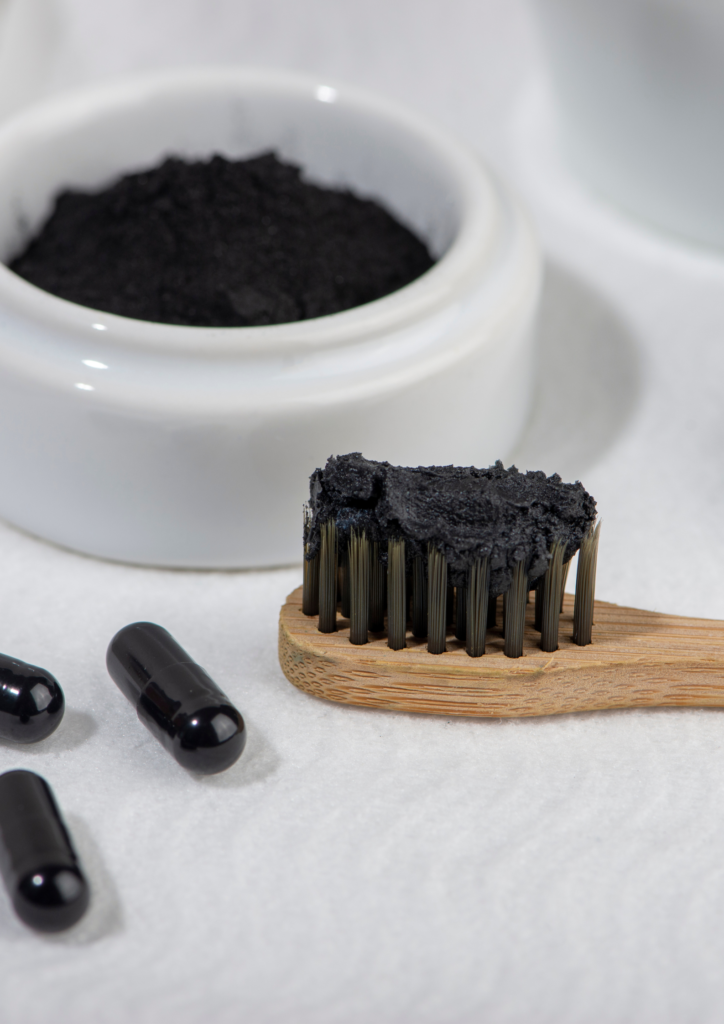Homemade Sourdough: How to Make It and Why It’s Better for You

Bread has been a dietary staple for centuries, but in today’s world, many store-bought options are filled with preservatives, additives, and refined ingredients that offer little nutritional value. If you’re looking for a wholesome, delicious, and healthier alternative, homemade sourdough bread is a fantastic choice. Not only does sourdough taste amazing, but it also offers a host of health benefits. Plus, making it at home can be a fun and rewarding process.
In this blog, we’ll dive into why store-bought bread isn’t as healthy as you might think, the benefits of sourdough bread, and how to create your very own sourdough starter and loaf at home.
Why Store-Bought Bread Falls Short
Most store-bought bread is designed for convenience and long shelf life, which often comes at the cost of quality and nutrition.
Common Issues with Store-Bought Bread:
| Issue | Explanation |
|---|---|
| Preservatives and Additives | Store-bought bread contains chemicals to extend shelf life, such as calcium propionate and sorbic acid. |
| Refined Ingredients | Made with refined flour that’s stripped of nutrients, leading to a higher glycemic index. |
| Added Sugars | Many loaves are packed with sugar or high fructose corn syrup to enhance flavor and texture. |
| Artificial Flavors and Colors | Synthetic ingredients are often used to make the bread taste and look better. |
“Bread made for the masses prioritizes shelf life over your well-being. Homemade bread brings nourishment back to the table.”
The Benefits of Sourdough Bread
Sourdough bread is a traditional favorite that’s made using a natural fermentation process. The fermentation not only improves the flavor but also enhances the bread’s nutritional profile.
Why Sourdough is Better:
- Easier to Digest:
The natural fermentation breaks down gluten, making sourdough easier on your stomach, even for those with mild gluten sensitivities. - Rich in Nutrients:
Sourdough retains more vitamins and minerals, such as iron, magnesium, and zinc, compared to conventional bread. - Probiotic Benefits:
The fermentation process introduces beneficial bacteria, which may support gut health. - Lower Glycemic Index:
Sourdough has a slower impact on blood sugar, making it a better option for those managing glucose levels. - Flavorful and Fresh:
The tangy flavor and chewy texture of sourdough are unmatched by store-bought bread.
Fun Fact: Sourdough dates back to ancient Egypt and has been a bread-making tradition for over 5,000 years!
How to Make Homemade Sourdough Bread

Making sourdough bread is a labor of love, but the process is straightforward. The key to sourdough is the starter—a live fermented culture of flour and water. Let’s break it down step by step.
Step 1: Create Your Sourdough Starter
| Ingredient | Quantity |
|---|---|
| All-purpose flour | 1 cup |
| Filtered water | 1/2 cup |
Instructions:
- Mix the flour and water in a glass jar or bowl. Stir until combined.
- Cover loosely with a cloth or lid and let it sit at room temperature.
- Feed the starter daily by discarding half of it and adding fresh flour and water in the same ratio.
- In 5-7 days, your starter will be bubbly and ready to use!
Tip: Label the jar with the date you started to track its progress.
Step 2: Make the Dough
| Ingredient | Quantity |
|---|---|
| Active sourdough starter | 1/2 cup |
| Flour (bread or all-purpose) | 4 cups |
| Water | 1 1/2 cups |
| Salt | 1 1/2 teaspoons |
Instructions:
- In a large bowl, mix the starter and water until combined.
- Gradually add flour and salt, mixing until a dough forms.
- Knead the dough for 10-15 minutes or until it becomes smooth and elastic.
- Cover and let the dough rest for 4-6 hours, or until it doubles in size.
Step 3: Shape and Bake
- Preheat your oven to 450°F (230°C). Place a Dutch oven or baking stone inside to heat.
- Shape the dough into a round loaf and place it on parchment paper. Cover and let it rest for 30 minutes.
- Score the top with a sharp knife to allow the bread to expand.
- Bake in the preheated Dutch oven or on the stone for 25-30 minutes, covered, and then another 10-15 minutes uncovered for a golden crust.
Pro Tip: Use a kitchen scale for precise measurements. Baking is both an art and a science!
Here is a kitchen conversion pdf for your convenience.
Troubleshooting Your Sourdough
| Issue | Solution |
|---|---|
| Starter isn’t bubbly | Keep it warm (around 75°F/24°C) and ensure you’re feeding it regularly. |
| Bread is too dense | Extend the fermentation time or knead the dough more thoroughly. |
| Crust is too hard | Cover the bread while baking or brush it with water before baking. |
Why You’ll Love Homemade Sourdough

Making your own sourdough bread is more than just a baking project—it’s a lifestyle shift. Here are some additional reasons to embrace homemade bread:
- Saves Money: One loaf costs significantly less than high-quality artisanal bread from a bakery.
- Eco-Friendly: You control the ingredients, reducing plastic packaging waste from store-bought bread.
- Family-Friendly: Baking together is a fun and educational activity for kids.
Homemade sourdough is more than just a bread—it’s a healthier, tastier, and more sustainable option that reconnects you with the art of baking. Give it a try and savor the rewards of making your own loaf from scratch!
FAQs About Sourdough
- How long does sourdough bread last?
Properly stored sourdough bread lasts 3-5 days. For longer storage, freeze it. - Can I use whole wheat flour for my starter?
Yes! Whole wheat flour contains more natural yeast, which may speed up the fermentation process. - Is sourdough gluten-free?
While it contains less gluten, it is not completely gluten-free. Look for gluten-free sourdough recipes if needed.
“Good bread is the most fundamentally satisfying of all foods; and good bread with fresh butter, the greatest of feasts.” – James Beard
References
- Smith, J. (2020). “The Health Benefits of Sourdough Bread.” Nutrition Journal.
- Patel, R. (2019). “The Science of Fermentation in Baking.” International Journal of Food Science.
- Baker, M. (2021). Bread Making Basics. Home Publishing.
- Gupta, P. (2018). “Why Refined Bread is Bad for You.” Health Today Magazine.
- Wilson, K. (2022). “Traditional Bread-Making Techniques.” Culinary Heritage Journal.
As an Amazon Affiliate, we earn from qualifying purchases, at no extra cost to you.



